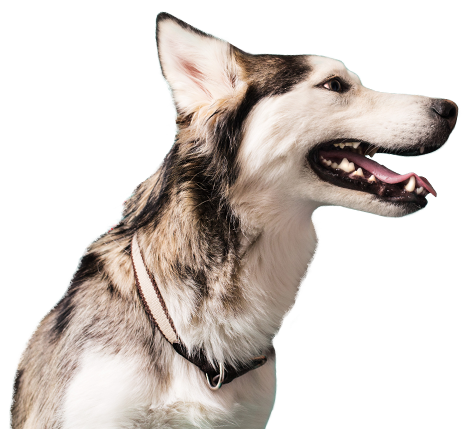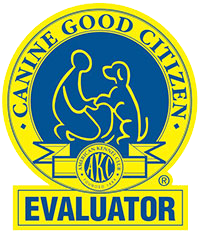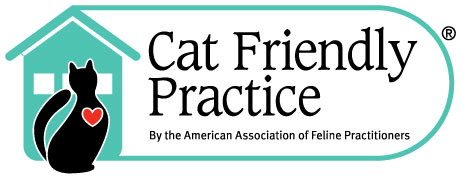
I have many dogs that present at the hospital with signs of allergies. We know this because the primary complaint is “pruritis“, otherwise known as itchiness.
One of the most common allergies that a dog can have is an allergic response from the bite of a flea. Ironic, isn’t it? Fortunately, with the new and effective flea medications, we are seeing fewer and fewer cases of allergic fleabite dermatitis.
The second most common allergic reaction we see in dogs is a chronic inflammatory response to environmental substances like grass, dust mites, and mold spores. This condition is termed “atopy“.
Dogs are typically young when they display the first signs of atopy, usually less than 3 years of age. The areas most commonly affected are the feet, groin area, axillary region (arm pits) and face and ears.
Owners often complain that their dog is constantly licking his feet. I am able to see that a dog is licking its feet from the rust colored staining of the coat that occurs from the saliva staining the fur. This is especially true of dogs with light colored fur.
When the skin becomes inflamed, the changes you will see are the dilation of blood vessels in the skin. This makes the skin appear red. The increase in blood makes the area feel warm to the touch. An increase in temperature acts like an incubator for bacteria and yeast. This is especially true for the ears. Atopic dogs will often shake their head, flapping the ears or dig at them. With inspection of the canal, there is often a reddish brown greasy wax that returns even after cleaning. This is the hallmark of yeast otitis. We can dispense medications for the yeast infection, but the condition will continue if the underlying problem is not addressed.
Many dogs with atopy will have a bad odor. This comes from the increase in bacteria on the skin. Often it can be beneficial to shampoo your pet with antimicrobial shampoos as well as possibly treating with an antibiotic.
Medication for Your Dog’s Atopy
Additionally, there are oral medications that aid in controlling, not curing, atopy. Firstly, we want to decrease the inflammation in the skin. We can do this by using an oral steroid, which is extremely effective. However, there are some drawbacks such as increased thirst and urination, increased appetite and weight gain, and possibly a decreased immune response. Prednisone is extremely inexpensive (Perhaps $10/month) and does the job to decrease the heat of the skin and thereby help with the secondary yeast and/or bacterial infections.
Atopica is the brand name drug, otherwise known as cyclosporine. This was the first medication released for the treatment of atopy. It is a costly medication and can cause some GI upset when first taken. It could cost $100 to $300 a month for this drug. After a month on the brand name drug, Atopica, it is possible to switch to a generic cyclosporine for a third of the cost.
Apoquel is an oral tablet that is very beneficial for the condition of atopy because it works at the brain level to turn off the itch response. It does not however decrease inflammation. For those dogs without many secondary infections, it does a world of good to stop the licking and thereby prevent secondary skin trauma leading to infection. This drug costs approximately $45 – $55 a month.
The newest medication in our arsenal has just been released to veterinarians. It is called CADI, which stands for Canine Atopic Dermatitis Imunotherapeutic. This drug is given by injection. The response is variable, but is running about 75%-80% effective. The duration is variable but can last 6-8 weeks in the best cases. As all drugs, we will need to see a response to treatment to know that this medication is a good choice for your pet. It does not have the side affects that a steroid would give, but the cost is similar to that of the drug Apoquel and requires a trip to our office for the injection of course.

Contact Us
Regular check ups with a veterinarian are important for your pet's health. Contact us today to schedule your next appointment.





